Introduction
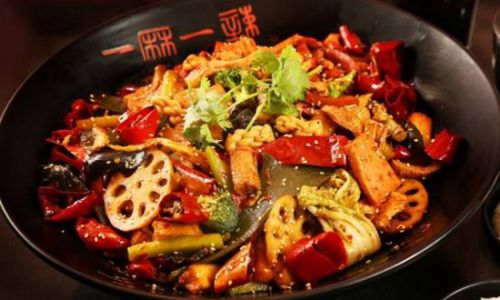
In the vast culinary landscape of China, spicy and aromatic hotpot seasoning, commonly known as “Malaxiangguo” seasoning, stands out as a unique and mouthwatering delight. This versatile seasoning blend is not just for hotpots; it can transform an array of vegetables, meats, seafood, and tofu into a feast of flavors that tantalize the taste buds. Malaxiangguo, which translates roughly to “spicy and fragrant pot,” is a dish that combines the fiery heat of chili peppers with the rich, earthy aroma of spices like Sichuan peppercorns, star anise, and cloves. If you’re eager to recreate this iconic Chinese seasoning at home, follow this comprehensive guide to mastering the art of making Malaxiangguo seasoning.
Understanding the Ingredients
Before diving into the recipe, it’s crucial to understand the key ingredients that give Malaxiangguo its signature flavor. Each spice and herb plays a vital role in creating the complex, layered taste profile that defines this dish.
-
Chili Peppers: The backbone of Malaxiangguo seasoning, chili peppers provide the heat. Depending on your preference, you can use fresh red chilies, dried red chilies, or chili flakes. For an intense, lingering heat, consider adding Sichuan chili flakes, known for their numbing quality.
-
Sichuan Peppercorns: These tiny, greenish-brown seeds offer a unique, tingling sensation on the lips and tongue, known as ‘ma la’ in Chinese cuisine. They add a floral, citrusy aroma to the seasoning.
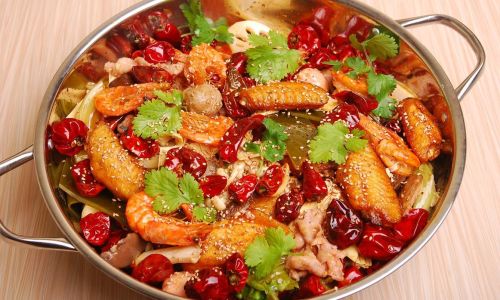
-
Star Anise and Cloves: These aromatic spices bring warmth and depth to the seasoning. Star anise has a licorice-like flavor, while cloves offer a spicy, slightly sweet taste.
-
Cinnamon and Cardamom: Both of these spices add a subtle sweetness and complexity to the blend, rounding out the flavors and creating a harmonious taste.
-
Ginger and Garlic: Fresh ginger and garlic provide a fresh, pungent backbone that enhances the overall flavor profile.
-
Sesame Oil and Peanut Oil: These oils are essential for cooking the spices and bringing out their flavors. Sesame oil adds a nutty, aromatic richness, while peanut oil ensures a high cooking temperature without burning the spices.
-
Soy Sauce, Hoisin Sauce, and Oyster Sauce: These condiments add savory depth and a hint of sweetness, balancing the heat and aroma of the spices.
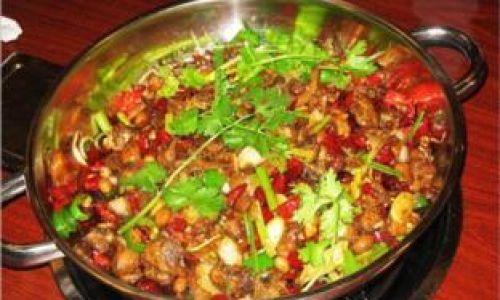
-
Chinese Cooking Wine (Shaoxing Wine): This optional ingredient adds a layer of complexity and subtle sweetness, enhancing the overall harmony of the seasoning.
Step-by-Step Recipe
Now that you’re familiar with the ingredients, let’s dive into the recipe for making Malaxiangguo seasoning.
Step 1: Prepare the Ingredients
- Measure out all the spices and herbs accurately. This ensures a balanced flavor profile.
- Toast the Sichuan peppercorns, star anise, cloves, cinnamon, and cardamom in a dry pan over medium heat until fragrant. This releases their oils and intensifies their flavors. Be careful not to burn them.
- Finely chop the fresh ginger and garlic.
Step 2: Cook the Aromatics
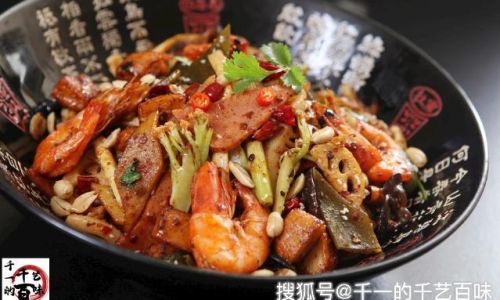
- In a large wok or saucepan, heat a mixture of sesame oil and peanut oil over medium-high heat.
- Add the chopped ginger and garlic, stirring constantly until fragrant and slightly golden. This takes about 1-2 minutes.
Step 3: Add the Spices
- Carefully add the toasted spices to the wok, stirring constantly to avoid burning. Cook for another 2-3 minutes, allowing the flavors to meld together.
- If using, add the chili peppers (either fresh, dried, or flakes) and cook for an additional minute.
Step 4: Incorporate the Condiments
- Pour in the soy sauce, hoisin sauce, and oyster sauce. Stir well to combine, ensuring the spices are evenly coated with the condiments.
- If using, add a splash of Shaoxing wine and cook for another minute, allowing the alcohol to evaporate and the flavors to meld.
Step 5: Adjust Seasoning
Taste the seasoning and adjust with more soy sauce, chili flakes, or sugar if needed. Remember, Malaxiangguo seasoning should be bold and flavorful, with a balance of heat, aroma, and sweetness.
Step 6: Cool and Store

- Remove the wok from heat and let the seasoning cool completely. This allows the flavors to develop further.
- Once cooled, transfer the seasoning to an airtight container. It can be stored in the refrigerator for up to two weeks.
Using Your Homemade Malaxiangguo Seasoning
Now that you’ve made your own Malaxiangguo seasoning, it’s time to enjoy its versatility. Here are a few ways to use it:
- Hotpot Base: Use it as a base for your hotpot broth, adding vegetables, meats, and seafood for a flavorful, spicy feast.
- Stir-Fry Seasoning: Toss it with vegetables, tofu, or chicken for a quick and delicious stir-fry.
- Marinade: Marinate meats or seafood in the seasoning for an hour before cooking to infuse them with flavor.
- Dipping Sauce: Mix it with a bit of vinegar, soy sauce, and sesame oil for a fiery, aromatic dipping sauce.
Conclusion
Making your own Malaxiangguo seasoning is a rewarding culinary endeavor that opens up a world of flavor possibilities. By understanding the ingredients and following the step-by-step recipe, you can create a seasoning blend that rivals the best Chinese restaurants. Whether you’re hosting a hotpot party, preparing a weeknight stir-fry, or simply wanting to elevate your cooking, this versatile seasoning will become a staple in your kitchen. Happy cooking!
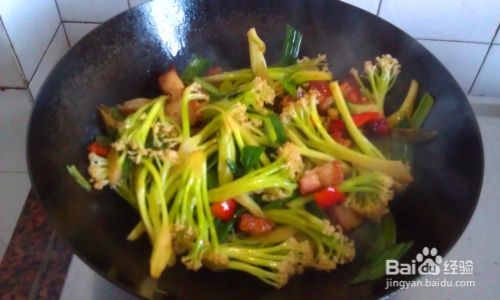
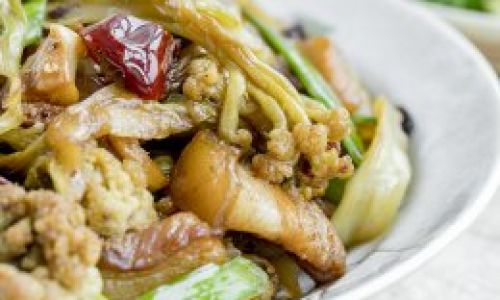
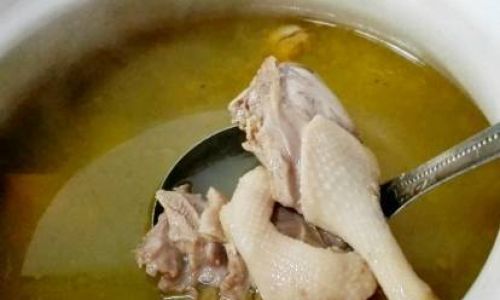
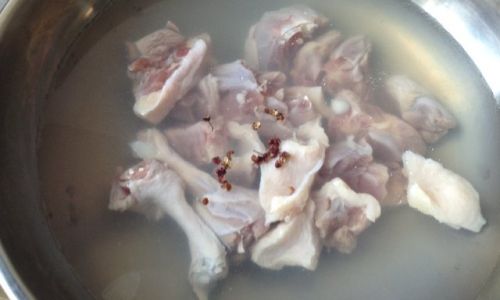

0 comments